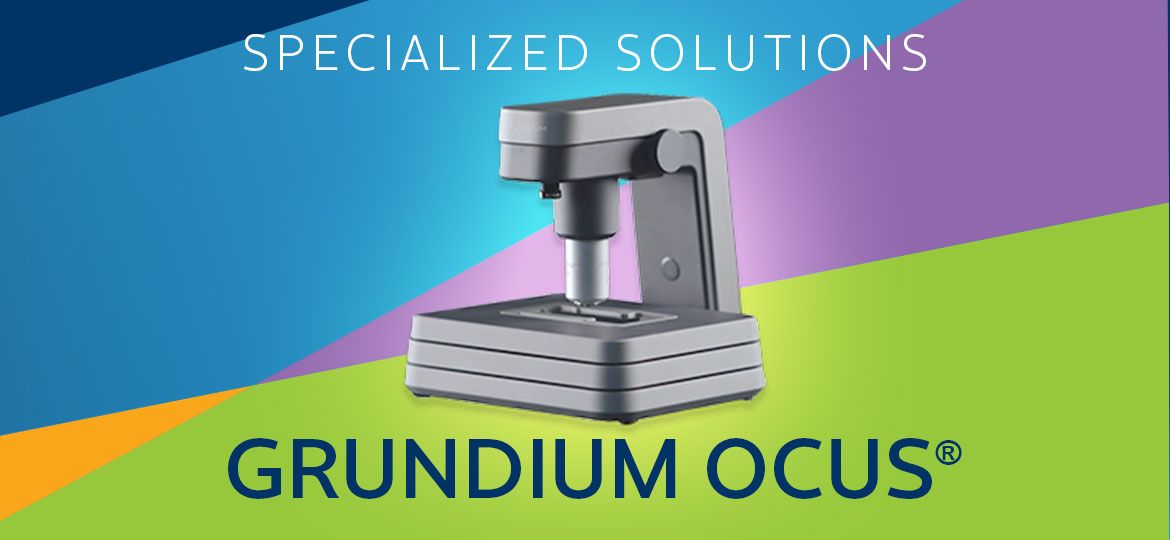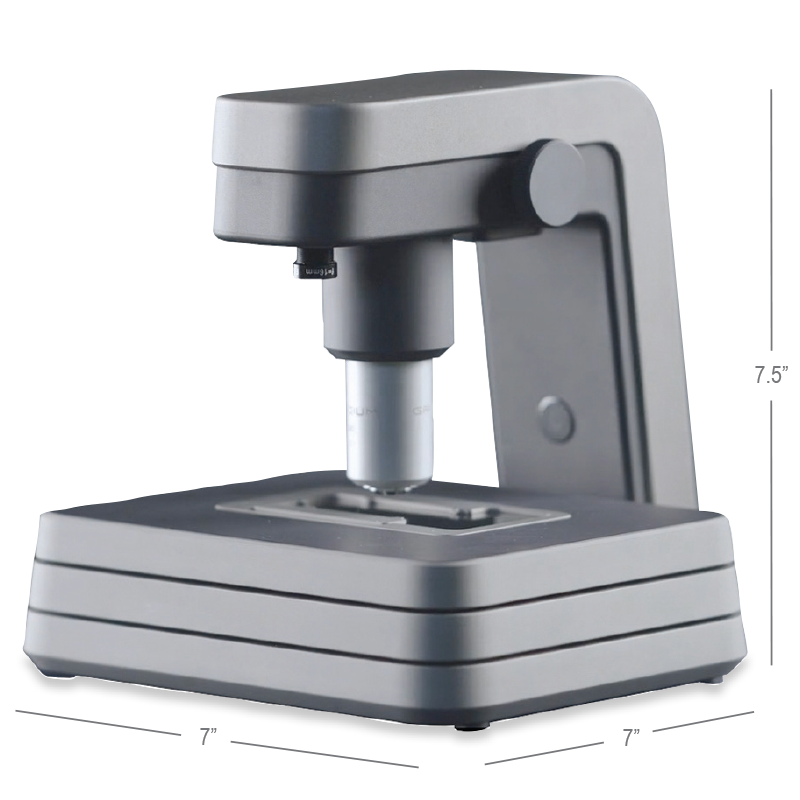
More OPOs are asking a great question:
Does CompuMed have a fast, portable tool for digitizing and sharing images of frozen section slides?
The short answer is yes – we absolutely do.
Since 2019, we have kept the Grundium Ocus® 20 slide scanners in our inventory, and they’ve become a key part of how we support the lifesaving work of OPOs across the country.
The Grundium Ocus 20 is a fully automated, high-precision microscope solution for remote pathology. It is quick, portable and reliable – ideal for busy OPO teams that need flexibility without sacrificing image quality.
“We have a fleet of these slide scanners that we provide and support nationwide, and we’re highly connected to how they work in the field,” says CompuMed CEO Lee Keddie. “Grundium has helped us deliver the slide scanning and image-sharing capabilities OPOs need in the places they need them most.”
Whether you’re scanning frozen section slides at a donor hospital or your OPO lab, the Grundium Ocus 20 allows you to digitize and upload high-quality slide images directly into our secure, cloud-based Donor Management Portal. Once uploaded, your team can view, annotate and share slides with colleagues or request a timely interpretation from our pathologists, a core reading group of sub-specialists trained to read donor biopsies for transplant.
A Broader Mission to Unlock a Remote, Efficient Pathology Workflow
While specialties such as radiology, cardiology and pulmonology have transitioned to largely digital workflows, pathology has lagged behind due to its reliance on physical slides. The Grundium Ocus 20 is a catalyst technology that helps close that gap, allowing OPO teams to digitize slides as closely as possible to the point of preparation.
“At CompuMed, our guiding principle is that we aim to improve decision-making by moving data, not people,” says Lee. “Tools like the Grundium Ocus 20 enable near-instant digitization and slide sharing. That capability perfectly embodies our vision – and it’s essential for helping OPOs unlock a truly remote, efficient pathology workflow.”
This aligns with CompuMed’s broader commitment: equipping OPOs with digital tools that consolidate donor data in a central location, enabling swift review by pathologists and ensuring that resulting reports and interactive slide images are readily accessible and verifiable by transplant surgeons.
Why We Trust the Grundium Ocus 20
The scanner’s design reflects the realities of transplant logistics:
- Fully Automated Scanning of single 1"x" slides with real-time autofocus
- Automatic Image Stitching for seamless slide visualization
- Optimized for image sharing, with compatibility across desktops, tablets and smartphones, meaning images can be securely accessed and managed from any location
- Multiple connectivity and storage options, including Wi-Fi, Ethernet, USB and internal storage to save images to the device if you don’t have internet access
- Flexible operation, including battery or AC-powered
- Compact and lightweight—just 7.7 lbs and small enough to fit in a smaller aircraft’s overhead bin

Proven in the Field: One OPO’s Experience
At Southwest Transplant Alliance (STA), the Grundium Ocus 20 has been a key part of a new donor biopsy workflow designed to speed up turnaround times and improve efficiency. “In our new workflow, we have our prep area, our cryostat, the stainer, and lastly, the scanning microscope,” said Selena Warden, Director of Laboratory Services at STA, during an Industry Insights webinar focused on the power of partnerships in donation and transplantation. “It’s a simplified process that has produced quality results – including decreased turnaround time, decreased cold ischemic time and upload times of less than an hour. The ultimate result is more lives saved.”“It’s a simplified process that has produced quality results – including decreased turnaround time, decreased cold ischemic time and upload times of less than an hour. The ultimate result is more lives saved.”
STA’s experience reflects what we often hear from OPO partners: Immediate access to advanced, integrated technology empowers self-reliance and enhances the accuracy, speed and confidence of decision-making throughout the donation and transplantation process.
Why the Grundium Ocus 20 – Not the Ocus 40?
We’re sometimes asked why we’ve chosen to offer the Grundium Ocus 20 over the more advanced Ocus 40. It’s a great question – and an easy one to answer:
- The Ocus 20 is optimized for speed and usability.
- The Ocus 40 scans at higher resolution than needed for transplant pathology.
- That higher resolution means significantly larger file sizes.
- Larger files take more time to transmit, especially in areas with limited bandwidth.
For donor biopsy cases where time and efficiency matter most, the Ocus 20 delivers exactly what OPO teams need.
Ready to Equip Your Team?
Whether you’re building your frozen section workflow from the ground up or are looking for faster, more flexible way to digitize and share slides, CompuMed has inventory of the Grundium Ocus 20 ready to ship. Let’s connect to talk about whether leasing or purchasing makes the most sense for your team – and how we can help you reduce turnaround times, enhance image sharing and ultimately, help save more lives.

